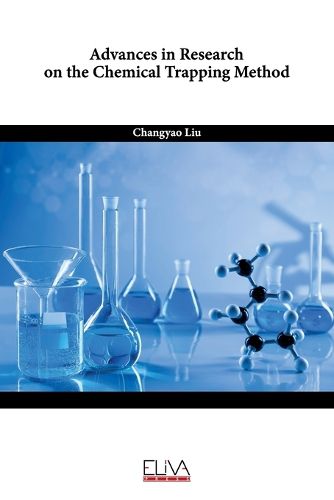Readings Newsletter
Become a Readings Member to make your shopping experience even easier.
Sign in or sign up for free!
You’re not far away from qualifying for FREE standard shipping within Australia
You’ve qualified for FREE standard shipping within Australia
The cart is loading…






The self-assembly of surfactants is driven by the hydrophobic effect. However, the size and shapes of surfactant aggregates are influenced not only by this hydrophobic interaction but also by a variety of weak interactions occurring at the interfacial region of these aggregates. For ionic surfactants, these interactions encompass the weak bonds formed between the corresponding surfactant head groups, counterions, and hydrated water. In comparison to gas/liquid, solid/liquid, and liquid/liquid interfaces, the interfacial region between the aggregates and the aqueous phase resembles a "black box." Conventional experimental techniques often struggle to probe this realm, let alone quantitatively analyze the concentrations of water molecules, head groups, counterions, and additives present in this area. The chemical trapping method, pioneered by Romsted's research group, employs chemical probes to ascertain the interfacial concentrations of various weakly basic nucleophiles. Its introduction has notably addressed the challenge posed by other scientific methods, which fail to reveal the intricacies of the interfacial region within aggregates. This method has been utilized to investigate the alterations in interfacial composition during aggregation transitions in multiple surfactant systems. It holds the potential to establish a theoretical foundation for precisely controlling the morphology of surfactant aggregates.
$9.00 standard shipping within Australia
FREE standard shipping within Australia for orders over $100.00
Express & International shipping calculated at checkout
The self-assembly of surfactants is driven by the hydrophobic effect. However, the size and shapes of surfactant aggregates are influenced not only by this hydrophobic interaction but also by a variety of weak interactions occurring at the interfacial region of these aggregates. For ionic surfactants, these interactions encompass the weak bonds formed between the corresponding surfactant head groups, counterions, and hydrated water. In comparison to gas/liquid, solid/liquid, and liquid/liquid interfaces, the interfacial region between the aggregates and the aqueous phase resembles a "black box." Conventional experimental techniques often struggle to probe this realm, let alone quantitatively analyze the concentrations of water molecules, head groups, counterions, and additives present in this area. The chemical trapping method, pioneered by Romsted's research group, employs chemical probes to ascertain the interfacial concentrations of various weakly basic nucleophiles. Its introduction has notably addressed the challenge posed by other scientific methods, which fail to reveal the intricacies of the interfacial region within aggregates. This method has been utilized to investigate the alterations in interfacial composition during aggregation transitions in multiple surfactant systems. It holds the potential to establish a theoretical foundation for precisely controlling the morphology of surfactant aggregates.